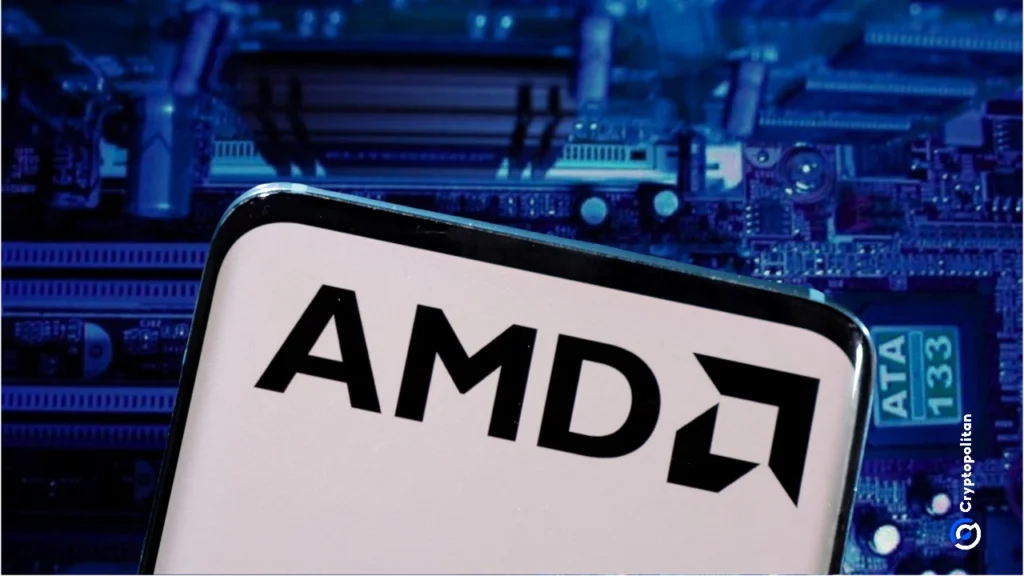The U.S. Department of Energy (DOE) has unveiled a $1 billion partnership with AMD to build two next-generation supercomputers aimed at advancing artificial intelligence (AI) and scientific research. The collaboration is expected to accelerate breakthroughs in critical areas including nuclear fusion, drug discovery, climate modeling, and national security.
Harnessing AMD’s Cutting-Edge Technology
According to the DOE, the new systems will utilize AMD’s latest CPUs and GPUs to deliver unprecedented levels of computational power and energy efficiency. The supercomputers will provide U.S. researchers with advanced tools to model complex physical processes and train massive AI models at unmatched speeds.
“These supercomputers will push the boundaries of what’s possible in AI-driven science and national defense,” said U.S. Energy Secretary Jennifer Granholm. “They represent a major step forward in maintaining America’s global leadership in high-performance computing.”
Deployment at DOE National Laboratories
The two systems are scheduled for deployment at DOE national laboratories by 2027. Once operational, they are expected to play a crucial role in advancing computational science and deep learning applications, supporting both civilian and defense research initiatives.
AMD’s Expanding Role in AI Infrastructure
AMD CEO Dr. Lisa Su expressed pride in the partnership, describing it as a significant milestone for both organizations. “This collaboration underscores AMD’s growing role in powering the world’s most advanced AI and scientific computing systems,” she said. The initiative reinforces AMD’s competitive position against other chipmakers in the global race for high-performance computing dominance.
Strengthening U.S. Leadership in Supercomputing
The DOE-AMD partnership is part of a broader U.S. strategy to sustain technological leadership amid growing competition from China and Europe in the field of AI and supercomputing. By investing in high-performance, energy-efficient systems, the U.S. aims to secure its position at the forefront of innovation in data-intensive research and national defense capabilities.
When completed, these systems are expected to be among the most powerful supercomputers ever built, driving the next wave of discoveries across science, health, and technology — and marking a pivotal step in America’s AI and computational future.

